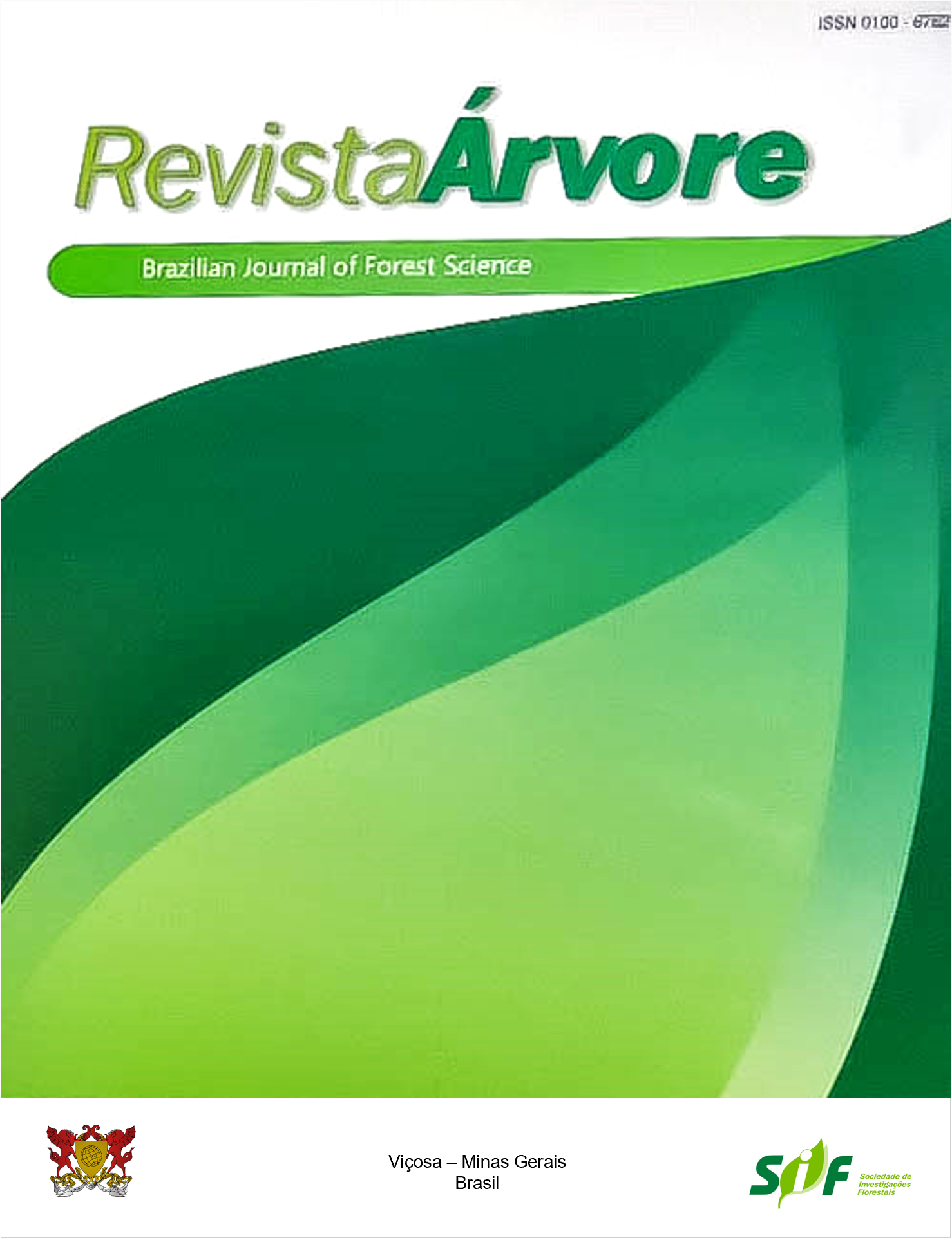RADICULAR BIOMASS AND ORGANIC CARBON OF THE SOIL IN FOREST FORMATIONS IN THE SOUTHERN AMAZONIAN MESOREGION
Keywords:
Amazon forest, Organic matter, RootsAbstract
The soils of the Amazon region, despite being under one of the densest forests in the world, are mostly characterized by the low availability of nutrients, with litter being the main route of nutrient entry. The objective of this study was to quantify the biomass of fine roots in the dry and rainy seasons of the year, including the organic carbon of the soil, and to compare the results in different study environments. The study was carried out in environments of native forest and reforestation aged over 20 years, located in the municipality of Humaitá – AM state. To assess the root biomass, collections were carried out in two periods of the year: dry and rainy seasons. In each of the study areas, five trenches, 0.40 m deep by 0.40 m wide, were dug manually at depths of 0-5, 5-15, and 15-30 cm. For the organic carbon analysis, soil samples were collected in the form of clods at the same depths. The production of root biomass in the native forest environment occurred more intensely in the rainy season, reaching values of 8.19 t. ha-1, greater than 3.57 t. ha-1 found in reforestation. The density as a function of the soil volume showed that the highest concentration is found in the first 5 centimeters of depth, differing significantly in the 5-15 and 15-30 cm layers for native forest area. The organic carbon of the soil showed significance between the dry and rainy seasons for the natural forest environments and reforestation with genipap.
Keywords: Amazon forest; Organic matter; Roots
Downloads
Published
How to Cite
Issue
Section
License
Copyright (c) 2021 Revista Árvore

This work is licensed under a Creative Commons Attribution 4.0 International License.
All authors agreed to submit the work to Revista Árvore and granted the exclusive license to publish the article. The authors affirm that it is an original work and has not been previously published elsewhere. The scientific content and opinions expressed in the article are the sole responsibility of the authors and reflect their opinions, not necessarily representing the opinions of the editorial board of Revista Árvore or of the Society of Forest Investigations (SIF).




